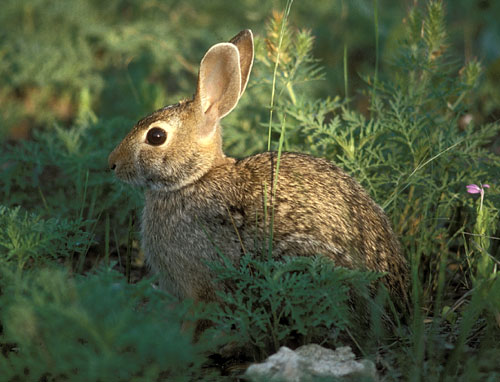Texas Parks and Wildlife Department biologists are seeking help from hunters to monitor rabbit hemorrhagic disease.
The fatal rabbit disease was last confirmed in wild rabbits in the state in 2020, but hunters in the field pursuing any game species can help by reporting any rabbit carcass they come across.
Rabbit hemorrhagic disease is almost always fatal and strikes several species of wild and tame rabbits in Texas. Since April, monitoring by TPWD, the U.S. Agriculture Department and Texas Animal Health Commission has not confirmed any new cases, however.
With deer, waterfowl and quail hunting seasons open, TPWD officials are asking hunters to report any rabbit mortality events, especially in areas of the Panhandle and Trans-Pecos regions where previous positive cases were confirmed.
Anyone finding a rabbit carcass should report it to the local TPWD office. For the Lower Rio Grande Valley, the contact number is 956-565-1223.
Rabbit hemorrhagic disease is not known to affect humans, livestock or pets other than rabbits. However, pets or hunting dogs should not be allowed to consume dead animal carcasses.
Often the only clinical sign in infected rabbits is sudden death. In less acute cases, symptoms observed in pet rabbits include dullness and apathy, not eating, bleeding from the nose and eyes or watery, congested eyes. Some may also exhibit neurological signs such as lack of coordination, excitement or seizure-like episodes.
TPWD advises all rabbit hunters voluntarily clean their game at the harvest location and discard non-consumed carcass parts in the same area.
Hunters are advised to take standard protective measures such as wearing gloves and thoroughly washing their hands after field-dressing rabbits. TPWD also requests that hunters thoroughly clean coolers containing rabbit carcasses with a 10-percent bleach solution after use.




